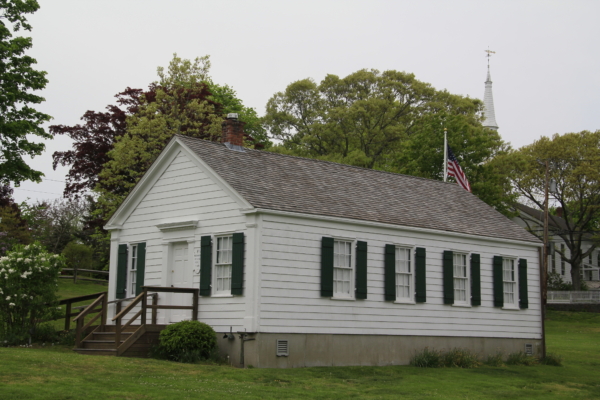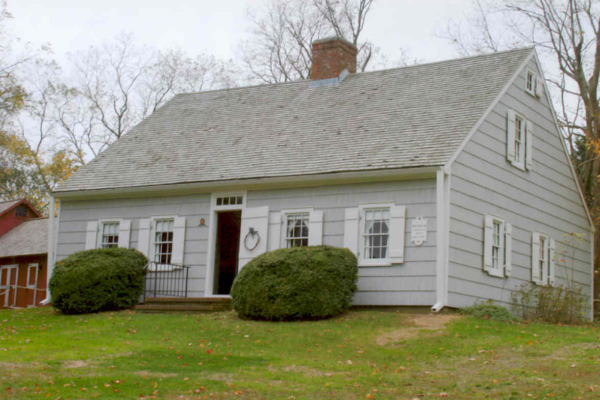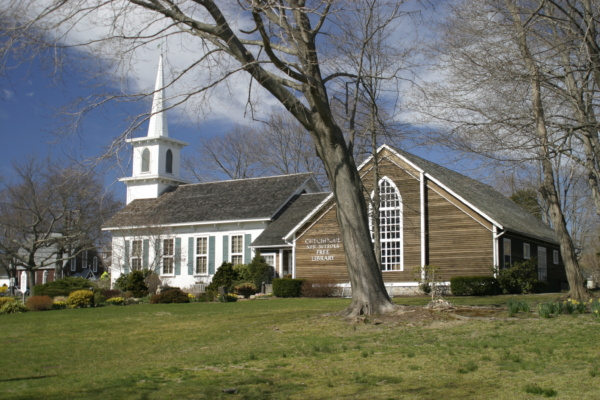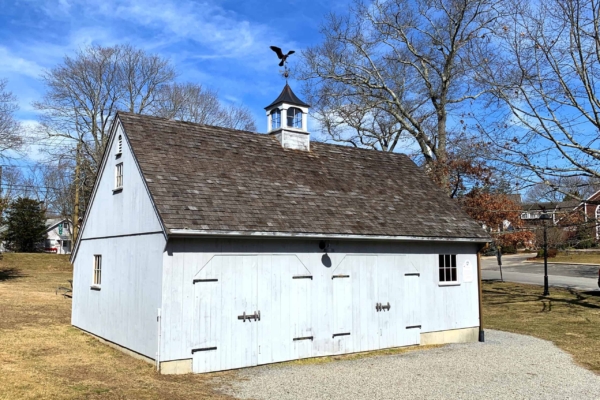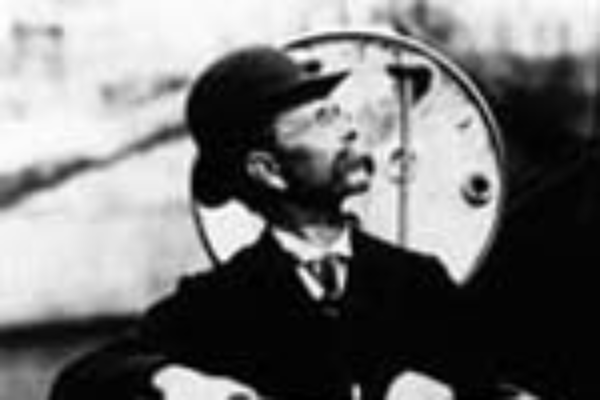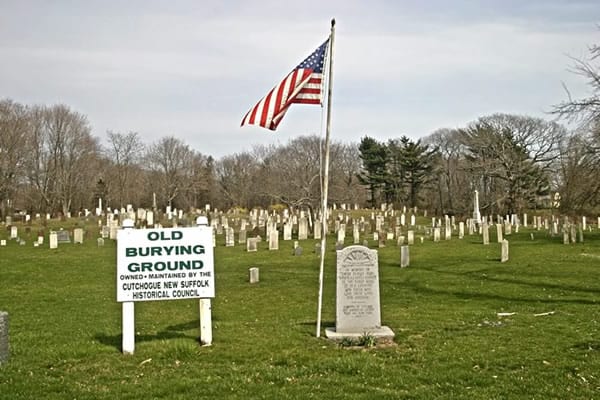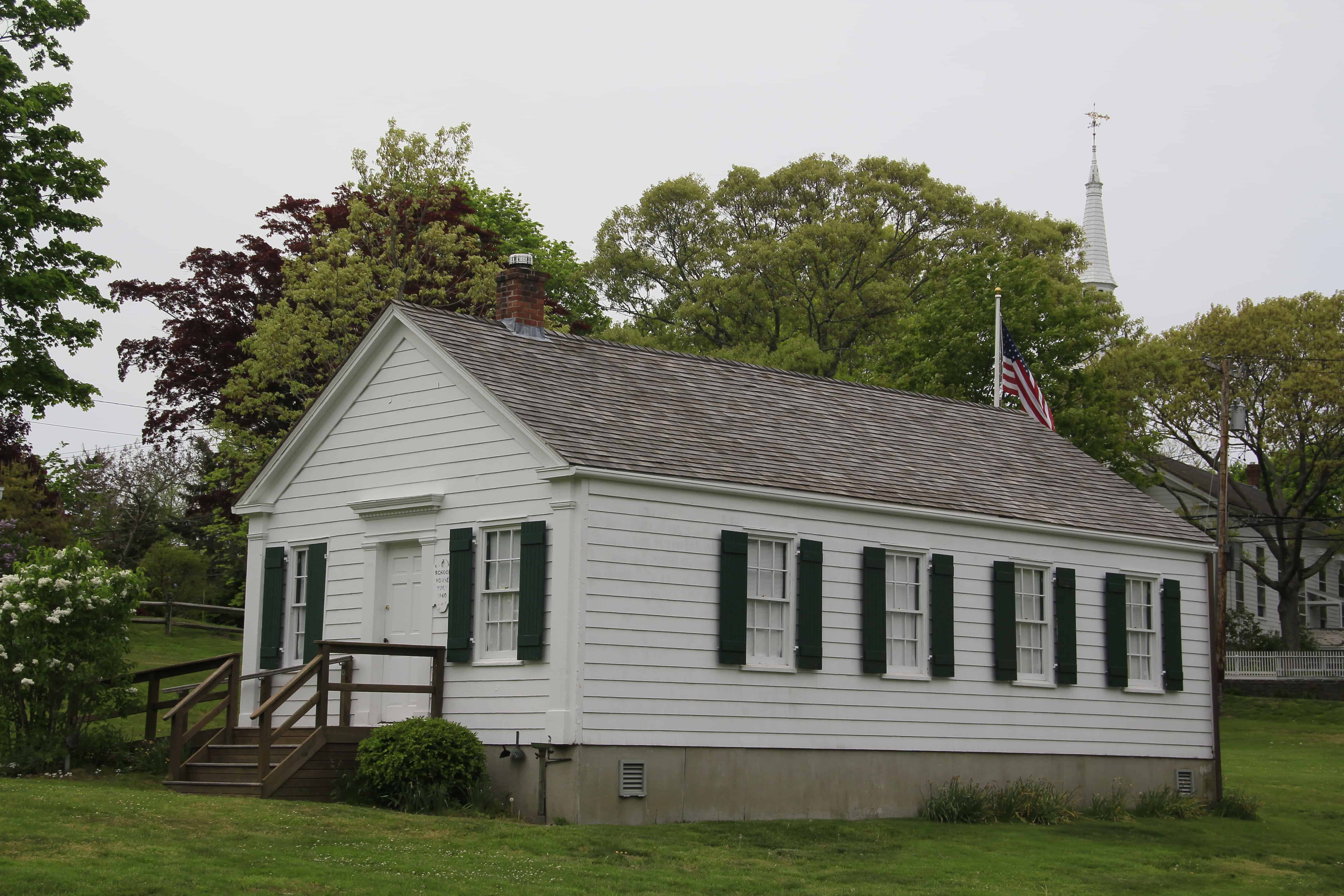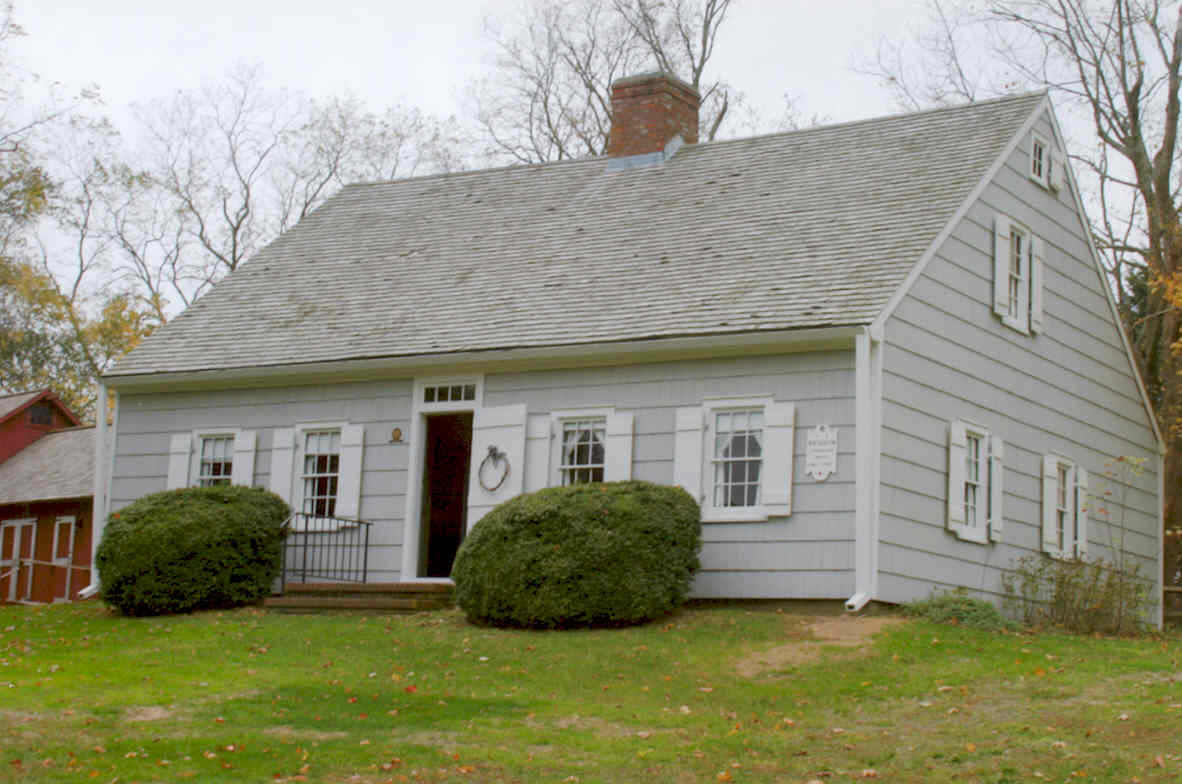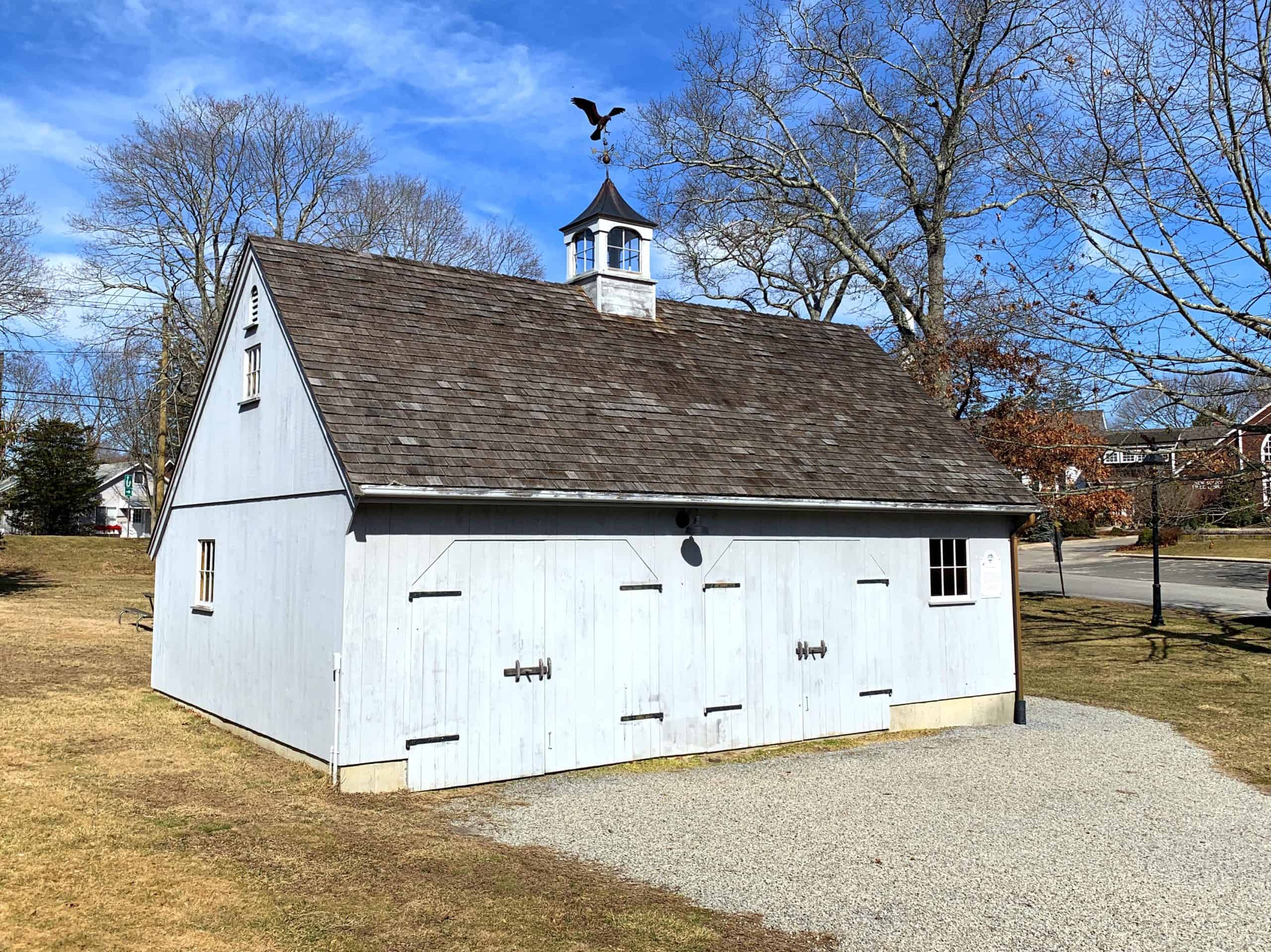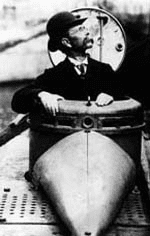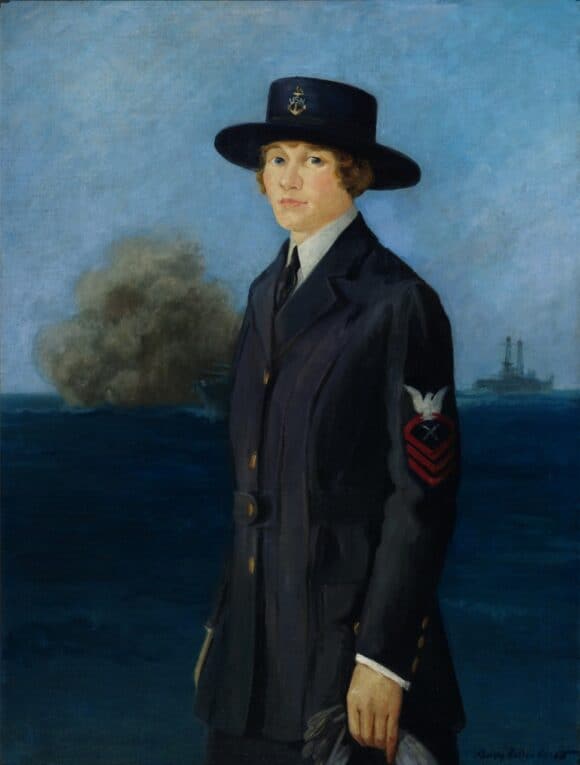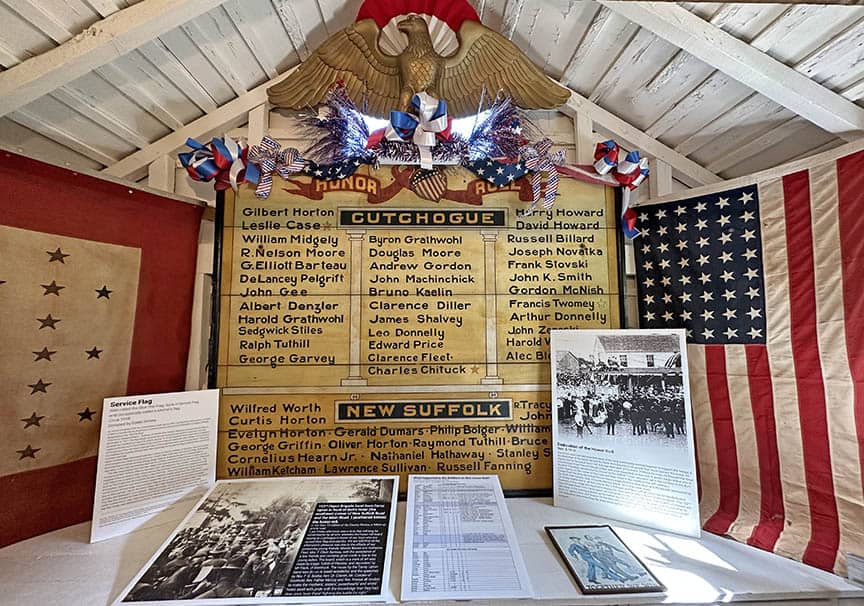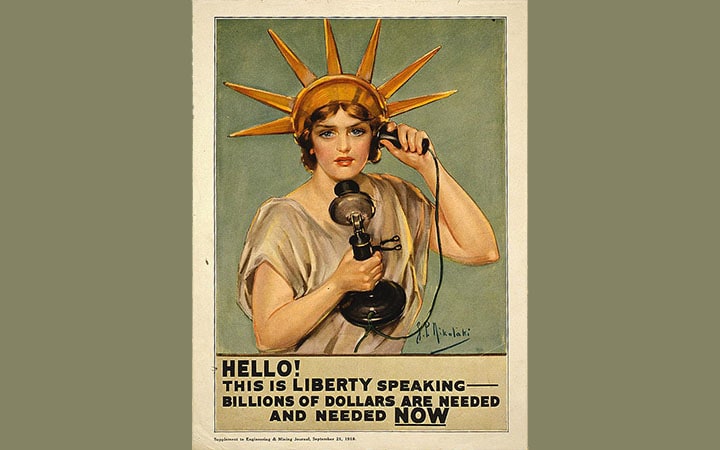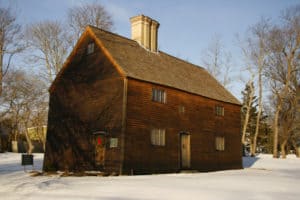Last year, we presented a temporary exhibit entitled “Honoring our WWI Veterans and those they left behind.” For Memorial Day, we will summarize the exhibit in a Five-part blog series for those unable to see it. It presents a fascinating window into how people of the North Fork, particularly those of the Cutchogue and New Suffolk area, honored and supported their veterans of the First World War. In this Blog, we talk about the roles of women in WWI.
United States Naval Reserve “F”
Not all those who served in WWI were men, although fewer women in the area also served our country.
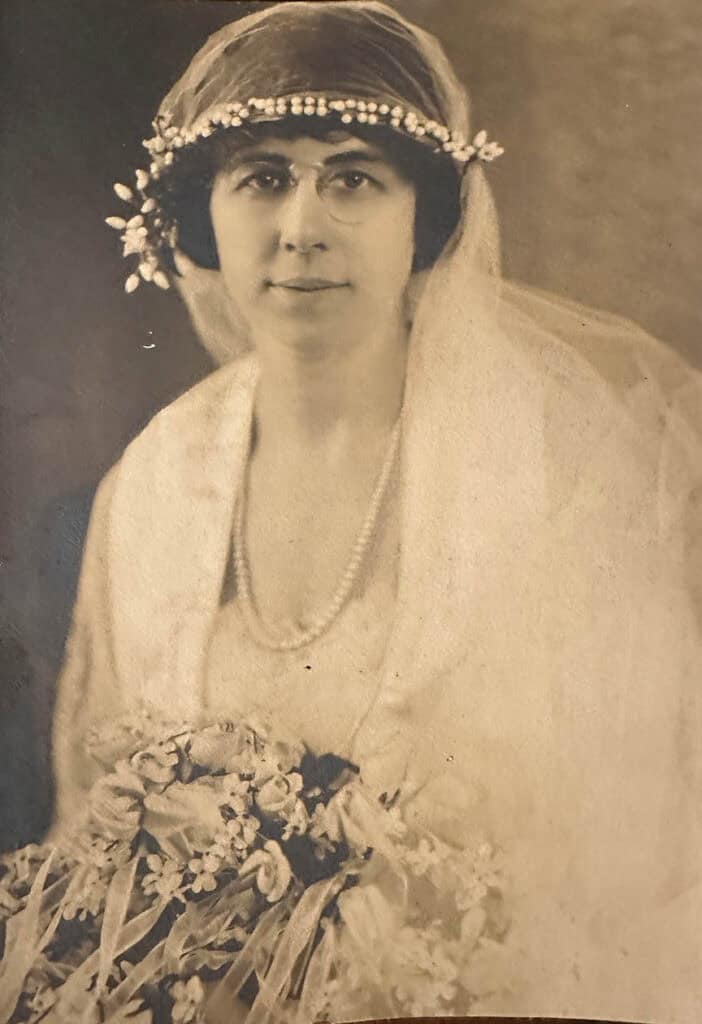
The first large-scale employment of women as naval personnel took place to meet the severe clerical shortages of World War I. The Naval Reserve Act of 1916 conspicuously omitted mention of gender as a condition for service, leading to formal permission to begin enlisting women in mid-March 1917, shortly before the United States entered the “Great War.” Nearly six hundred Yeomen (Female) were on duty by the end of April 1917, which had grown to over eleven thousand in December 1918, shortly after the Armistice.
The Yeomen (F), or “Yeomanettes” as they were popularly known, were not limited to secretarial and clerical positions. They were also translators, draftsmen, fingerprint experts, ship camouflage designers and recruiting agents. This diversity of roles is a testament to the versatility and significant contribution of women in WWI.
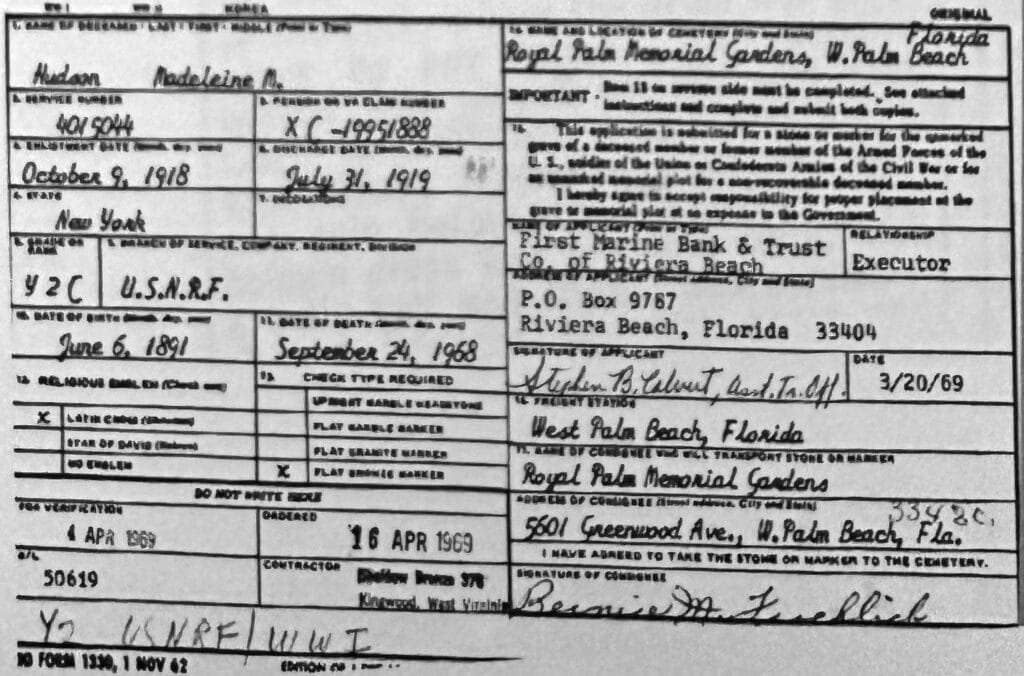
One of these local women, pictured here in her wedding gown, was Madeline Hudson. Born in 1891 in New Suffolk and having grown up there and in Cutchogue and Mattituck, Madeline joined the United States Naval Reserve at the age of 27 in 1918, under the designation of USNRF. Her story, like many others, represents the courage and dedication of the unknown local women who also served our country. Also pictured is a painting by Anne Fuller Abbot showing how women in the Navy dressed and the application for a headstone marker.
Up next: Part IV, Honoring our WWI Veterans and those they left behind: Propaganda in the USA.
